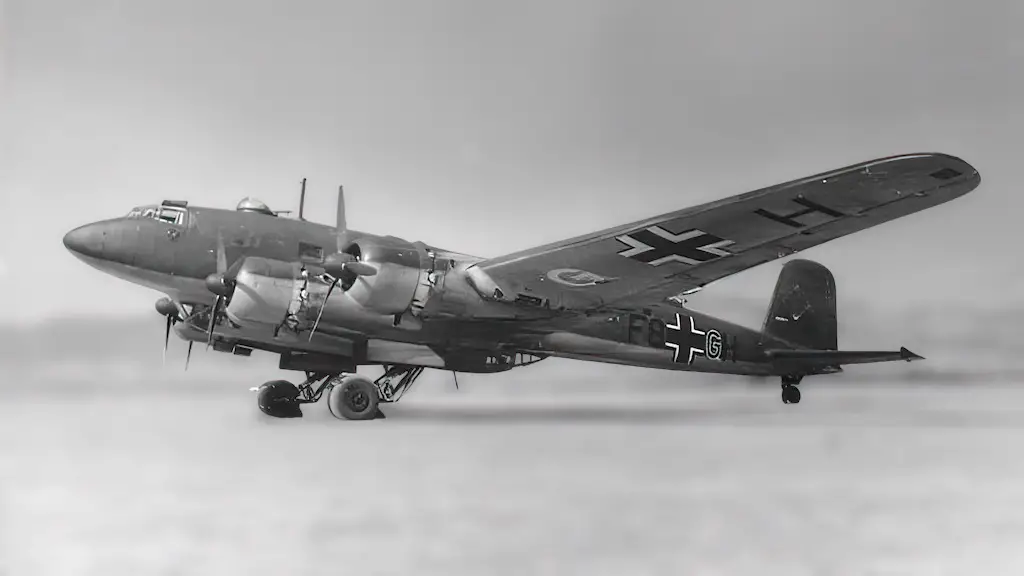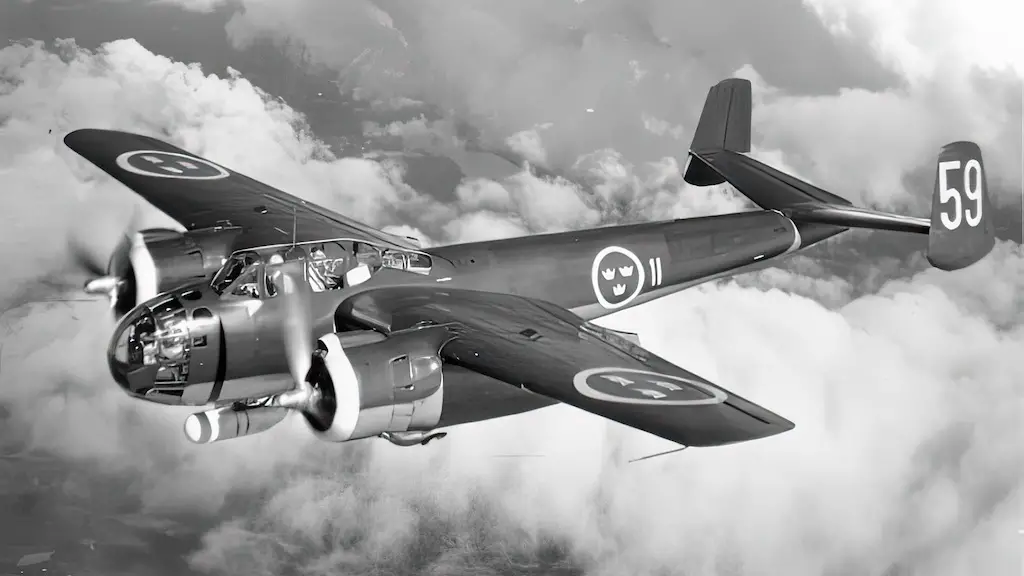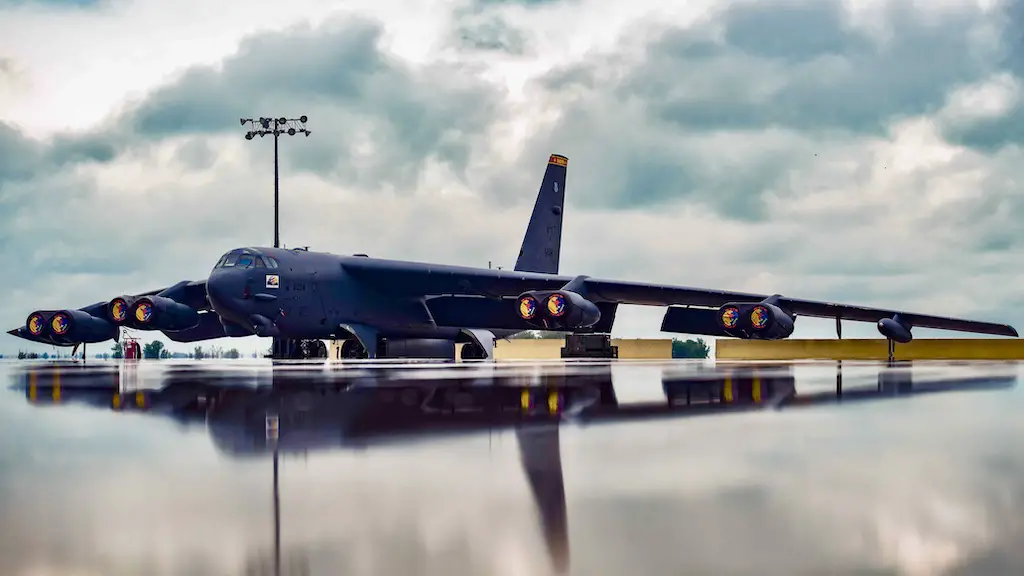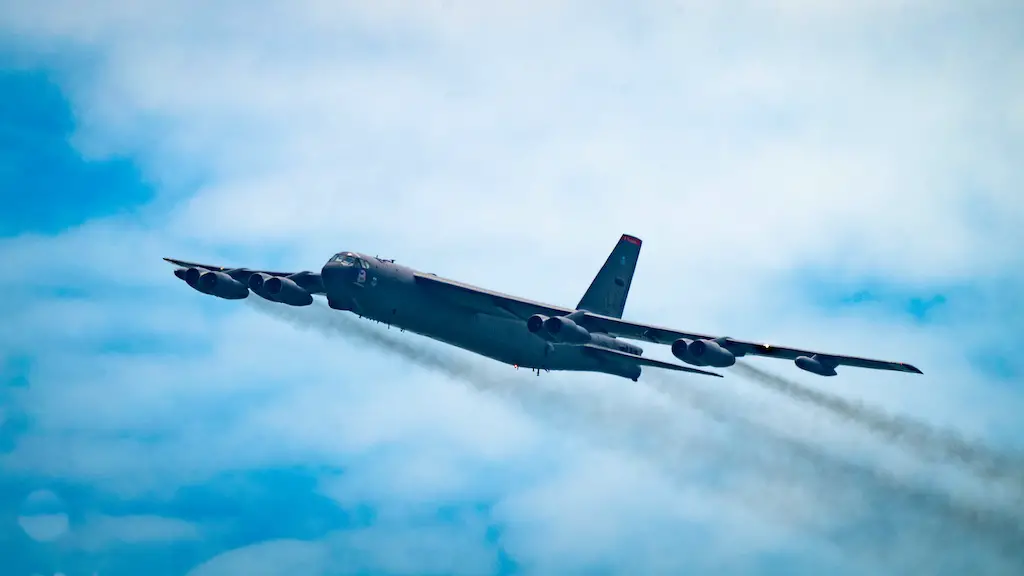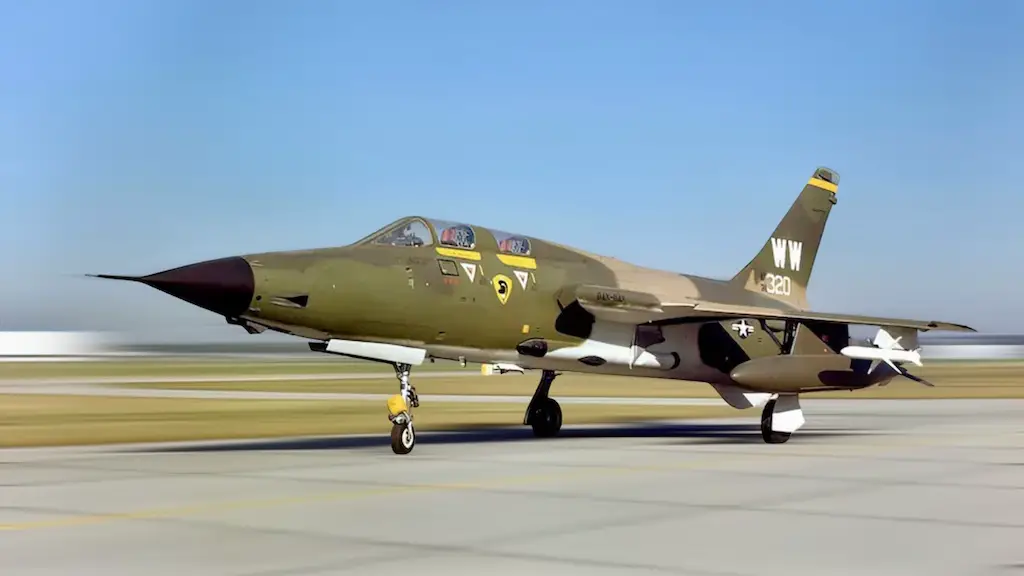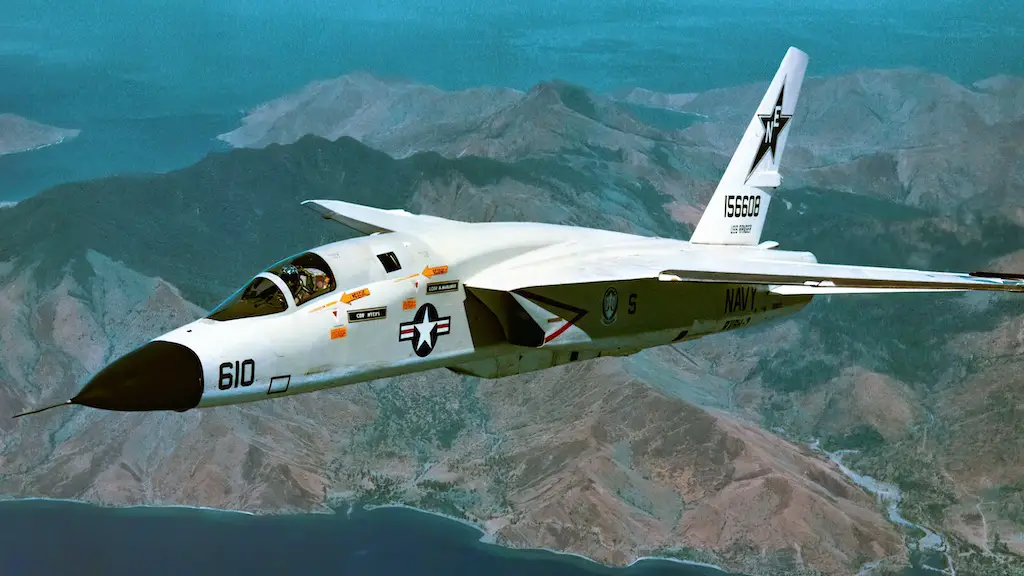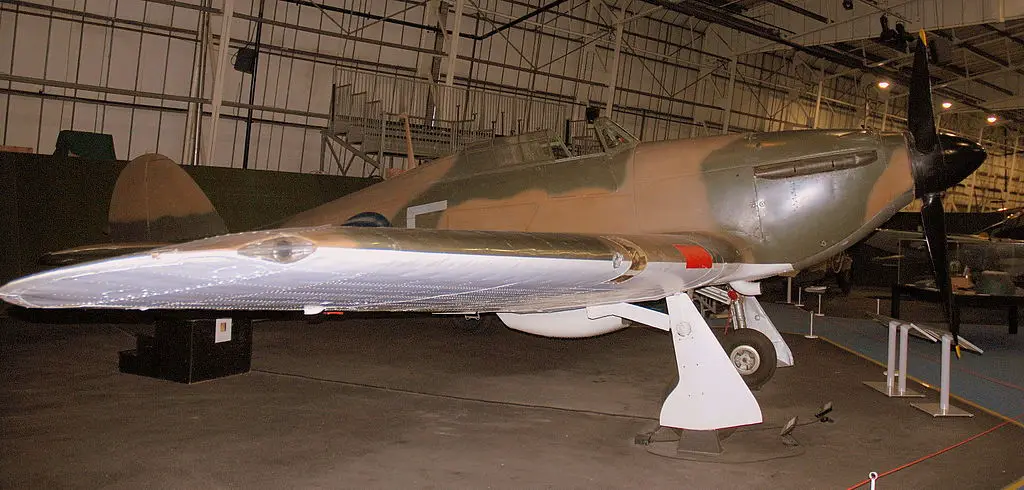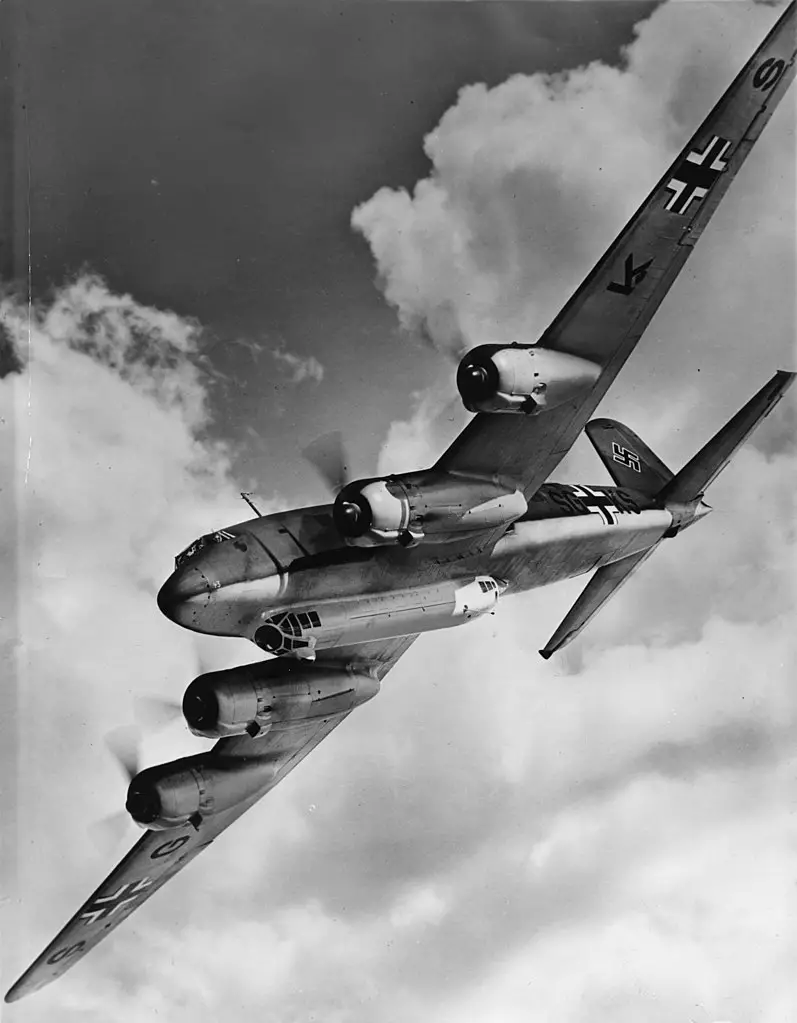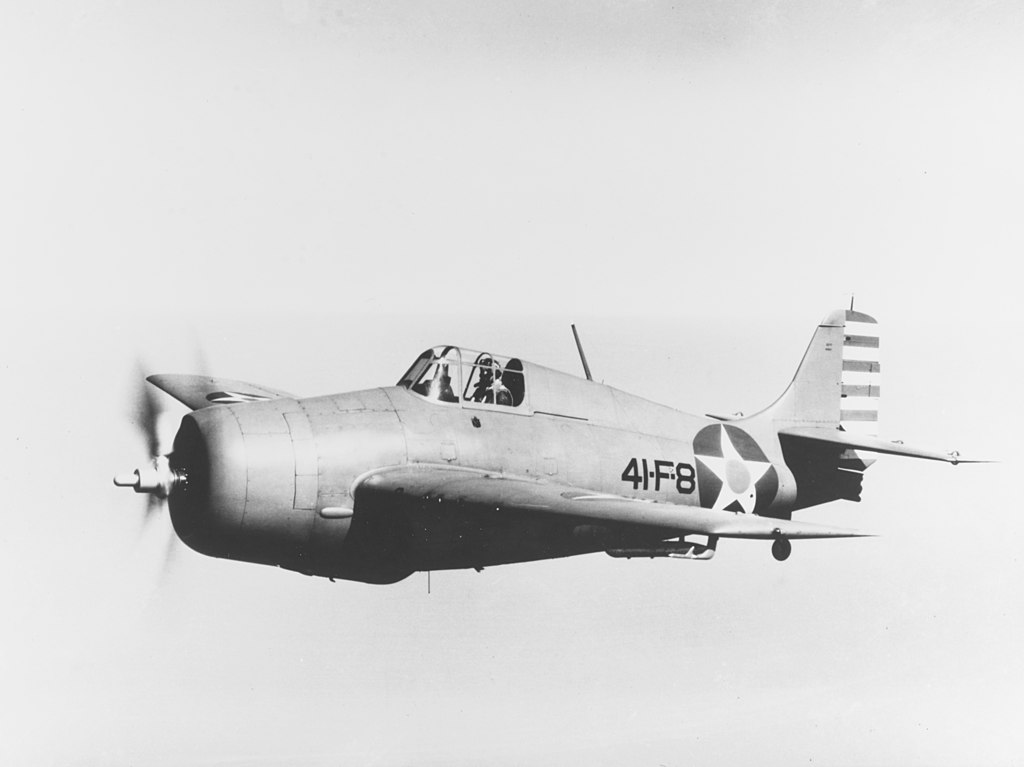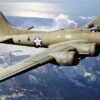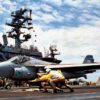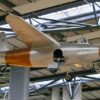The Focke-Wulf Fw 200 Condor was built in the mid-1930s as a cutting-edge passenger airliner. It pioneered non-stop transatlantic flights and was among the finest aircraft in Lufthansa’s fleet. However, that did not last long. After the Second World War broke out, most of the plane’s passengers were those in uniform. It was also adjusted for combat, at one point in the war presenting a powerful threat to the Allied shipping in the Atlantic.
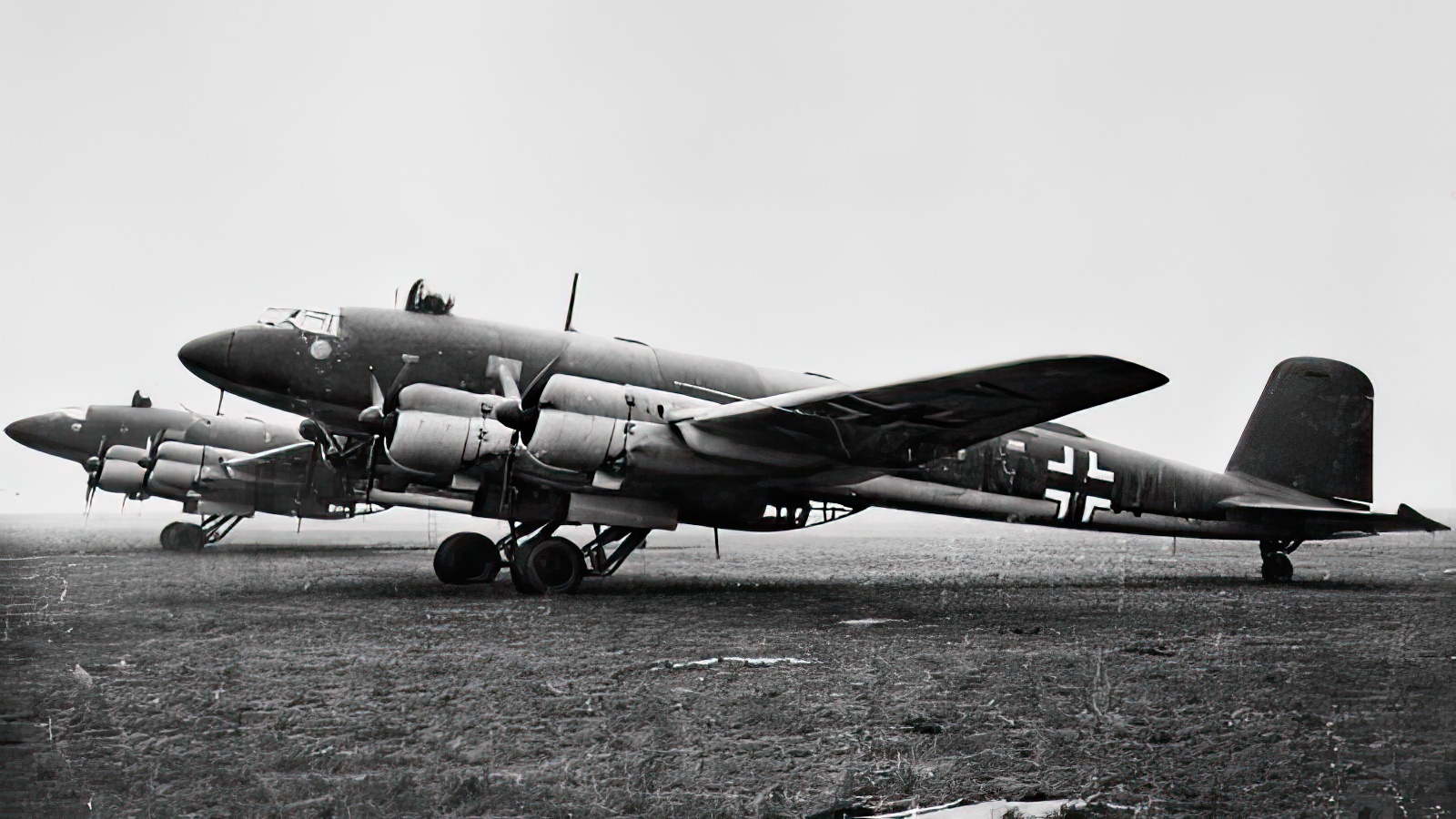
A record-breaking high-flier
The Condor was created at a time when the new big war in Europe was still a couple of years away. In fact, the first prototype was even powered by US-made engines. These were four 875-hp Pratt & Whitney Hornets. Later prototypes, as well as early production versions featured BMW engines, while later production versions used Bramo 323 power plants. The aircraft could carry up to 26 passengers in two cabins. At the time of its introduction, the Condor was one of the world’s most advanced airliners. It cruised at the maximum altitude that did not require pressurization: about 9,800 ft.
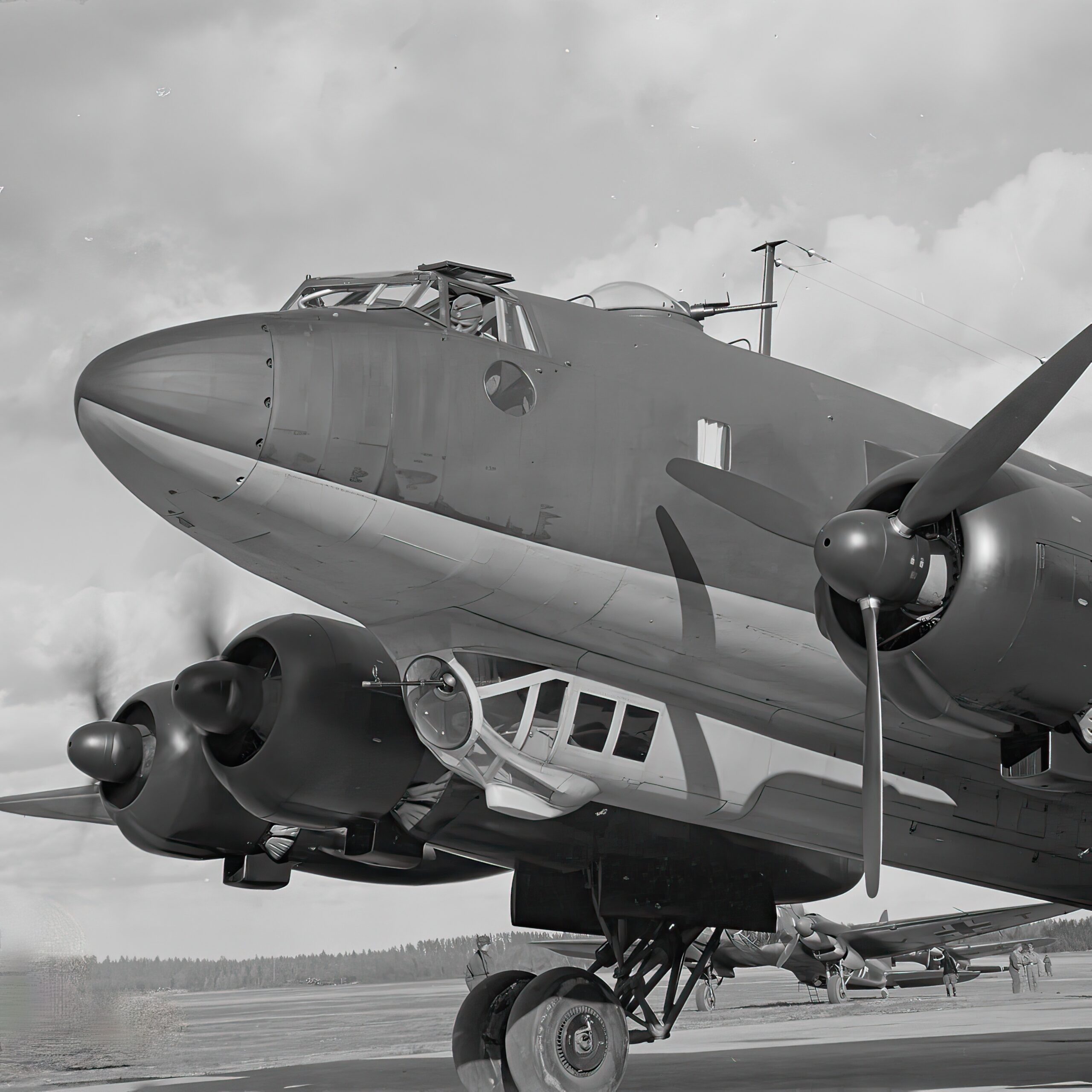
In August 1938, the first Condor prototype fitted with additional fuel tanks and piloted by Lufthansa’s Alfred Henke, made a non-stop flight from Berlin to New York in 24 hours 56 minutes. That was the first such flight by a heavier-than-air craft. In a couple of days, it flew back in just 19 hours 55 minutes. The transatlantic route wasn’t the only one on which the Condor broke records. In 1938, it flew from Berlin to Tokyo in just 42 hours 18 minutes.
Alongside Lufthansa, two Condors were operated by Danish Air Lines and another two by Brazilian Syndicato Condor, an associate of Lufthansa.
Preparing for combat
The first Condors intended for military use were actually produced by Focke Wulf for Japan. It ordered five airliners and one maritime reconnaissance aircraft for the navy. Due to the outbreak of the war, none of these aircraft were ever delivered to Japan. However, they provided Focke-Wulf engineers with some know-how on preparing the Fw 200 for military use.
Once the WWII got going, some of the existing Condors were reequipped for military tasks and new ones were manufactured primarily in the militarized variants. They got an array of defensive weapons and a glazed ventral gondola installed under their bellies, from which Condor crews had a good view of the ocean underneath. Later variants also featured a radar. The Condor thus took up the role of long-range maritime patrol and reconnaissance aircraft. With a top range of 2,700 mi with maximum fuel, it was well suited for the role.
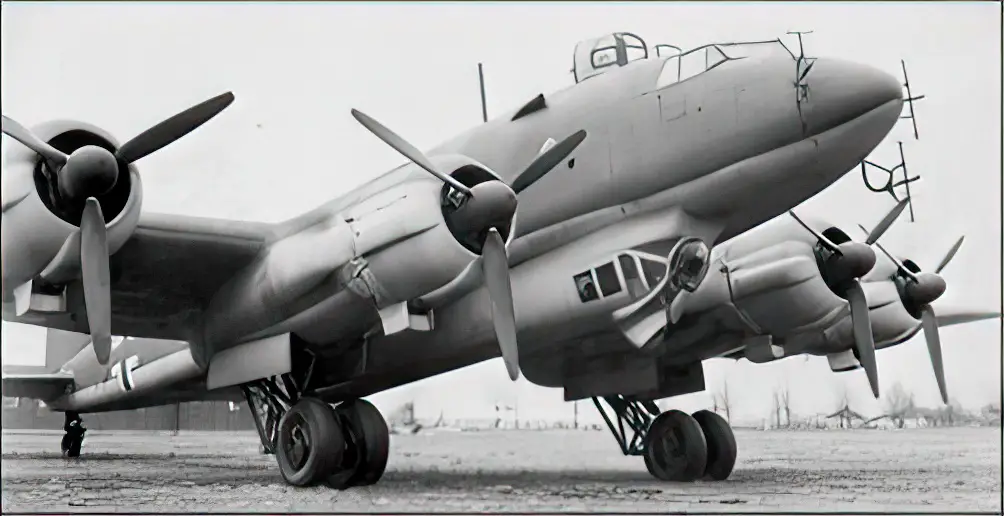
The scourge of the Atlantic
In April 1940, Condors were pressed into Luftwaffe service. At first they operated from Germany and Denmark and after the defeat of France their main base was Bordeaux-Mérignac. Taking off from there, Condors hunted Allied convoys across the Atlantic. In some cases Condors acted in collaboration with U-boats, looking for and designating targets, and in some they would assault the targets themselves. For that purpose Fw 200s carried ordnance under the wings and engine nacelles. Both tactics worked well resulting in many Allied vessels going to the sea bottom. Along with the conventional free fall bombs the Condor’s range of weapons included Henschel Hs 293 radio-guided glide bombs, once they became available.
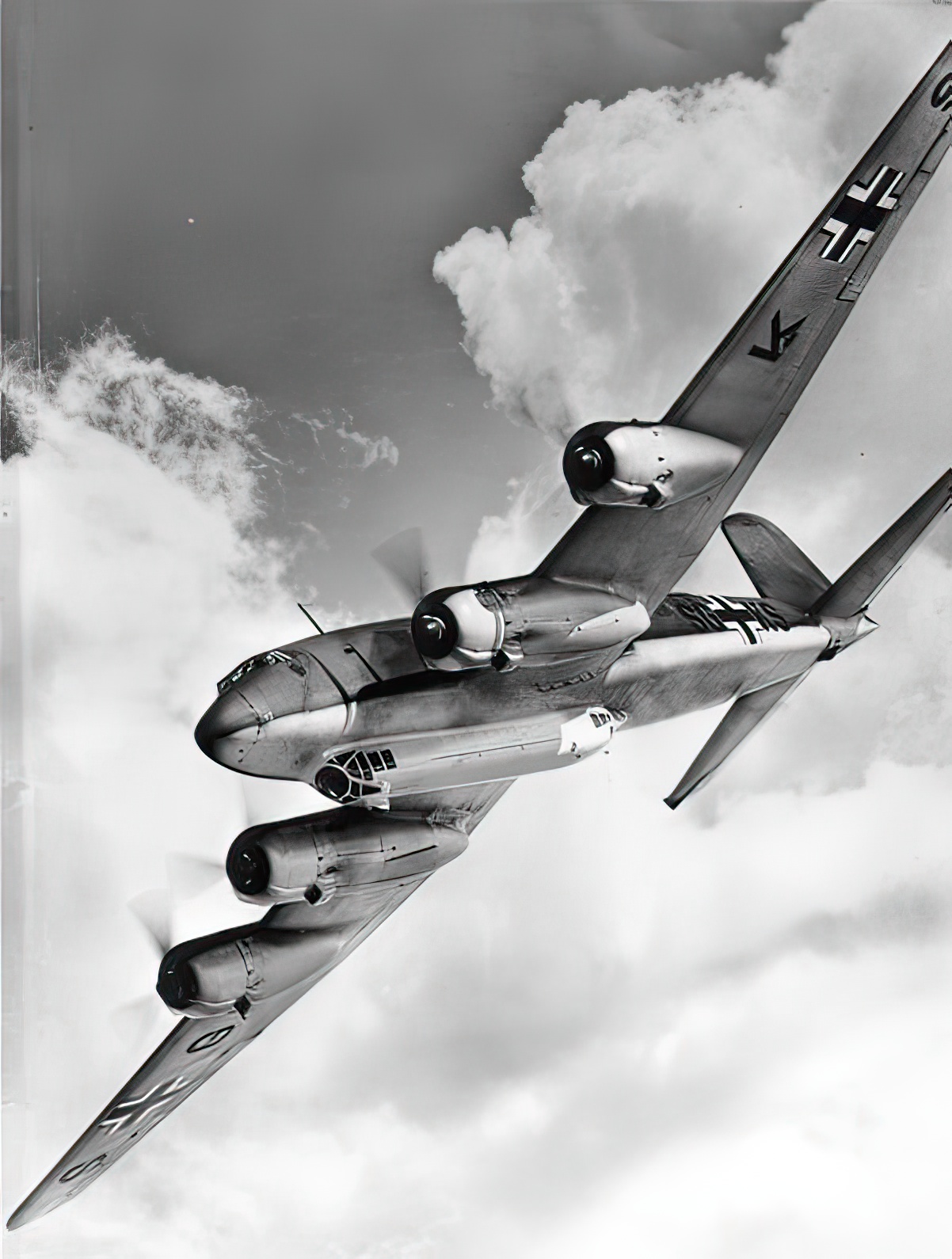
Early in the war Condors’ operations were extremely successful and painful to the Allies. Winston Churchill even called the aircraft “the scourge of the Atlantic.” Once the British started using their advanced carrier-borne fighters, such as Hawker Hurricane and Grumman Wildcat, operating from catapult-equipped merchant ships and escort carriers, the Condor’s maritime career went into decline. With a top speed of mere 224 mph the Fw 200 had no chance of running away from pursuing Allied fighters.
The transport role
Other uses of the Condor included mine laying and several night bombing raids during the Battle of Britain. But more importantly, the Condor was employed throughout the war as a military transport, hauling cargo, troops, and German military and political leaders. In particular, Germany used the Fw 200 in this role in the invasion of Norway and on the Eastern Front, most notably in the attempt to save the troubled Sixth Army at Stalingrad.
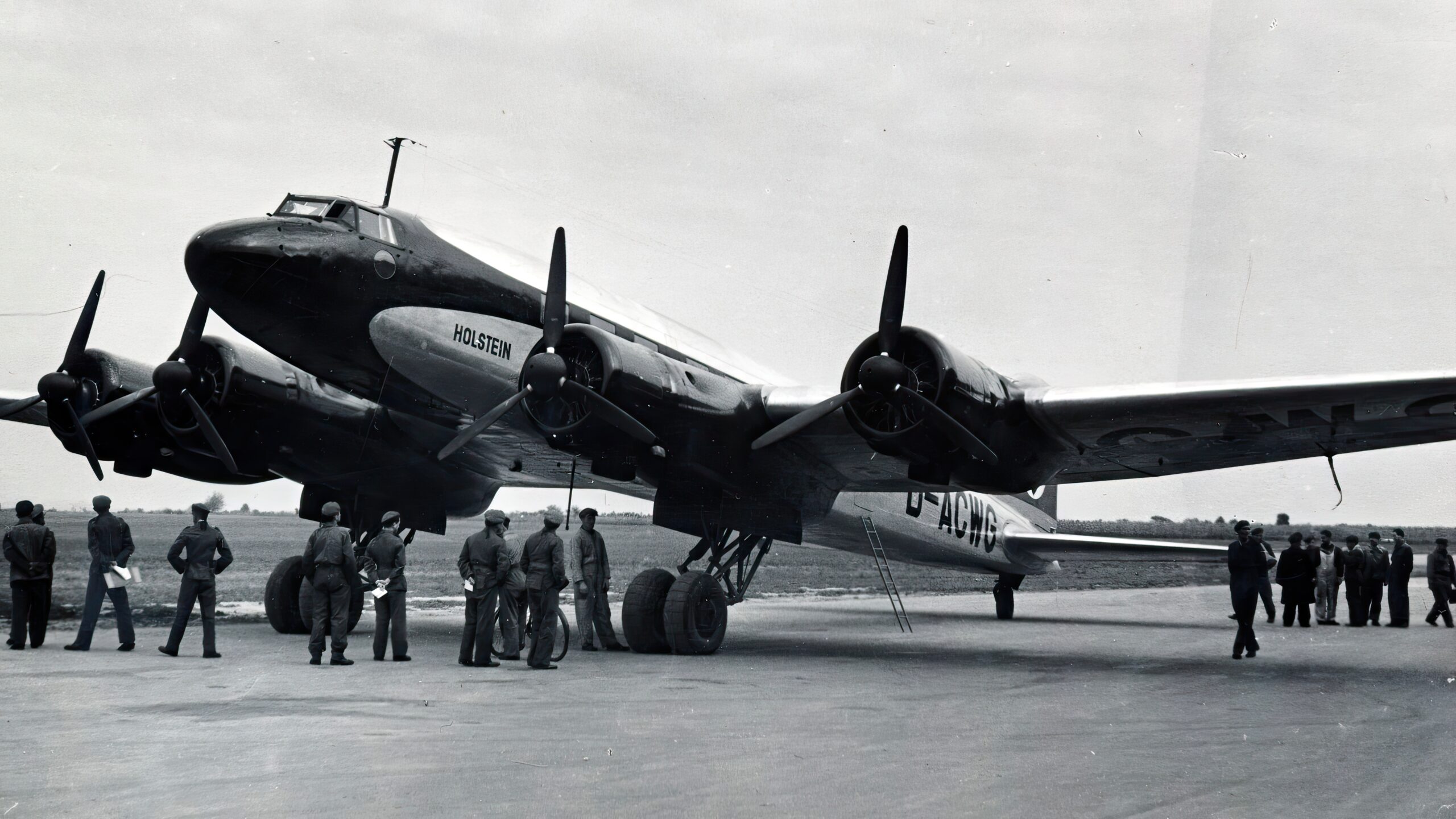
Some Condors continued passenger flights even during the war. The last one by Lufthansa from Barcelona to Berlin took place on April 14, 1945. Yet, most of about 280 Condors built by Focke-Wulf between 1937 and 1944, were used as military aircraft. They did have certain problems, such as vulnerability to fighters and structural weakness in the rear fuselage. After all, the Condor was designed to carry passengers rather than bombs and heavy military cargoes. Thus, many Fw 200s broke their backs on landing. Still, the Fw 200 proved to be a fairly reliable and effective warplane, especially early in the war.

